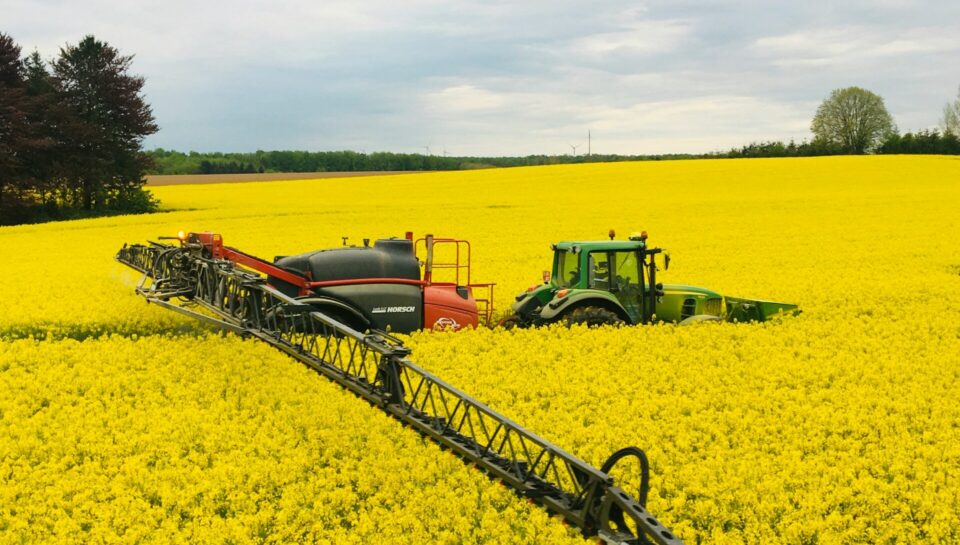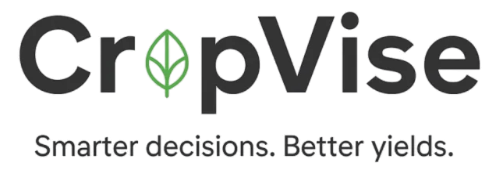CropVise Pilot Program – Step-by-Step Overview

This is a practical guide to how the CropVise Pilot works — from field setup to final reporting.
It’s designed for farms that want to make better nutrient decisions using real plant data. You’ll get modern agronomy and a fresh agronomic perspective without having to manage the complexity yourself.
We focus on real-time plant sap data to balance key nutrients and improve metabolic function — helping you take action this season and build a smarter plan for next year.
You stay in control. We handle the technical side.
1. Get Set Up
You’ve already joined the pilot by filling out the CropVise questionnaire.
Now it’s time to prepare your fields so we can begin sampling and tracking plant health.
Pick Your Fields
- Select three winter wheat fields, ideally from different areas of your farm
This way we can look at uptake patterns in different areas, covering more land per test.
Set up your fields in OneSoil (it’s free):
- Go to onesoil.ai and create an account
- Under Fields and VRA Maps, add your fields. Give them names, which we will use for the program.
- You can import from John Deere, upload shapefiles, or draw them manually
- Click the green + icon (bottom right) to create a group
- Name the group: CropVise Pilot 2025
- Drag your 3 selected fields into this group
Invite CropVise to your workspace:
- Click the leaf icon (top left)
- Go to Team Members
- Click + Invite Users (top right)
- Set the workspace name as “ YourFarm Cropvise 2025” (e.g. Aru CropVise 2025)
- If you already have a Workspace, just give us access. But please change the name so we can identify you easily.
- Invite:
- Email: pilot@cropvise.com
- Name: Pilot
- Role: Editor
That’s it. We’ll use your NDVI zones to pick meaningful sampling points and be in touch when your first report is ready.
2. Follow the Spray Process
At key growth stages, you’ll receive a spray recommendation based on plant sap results. These reports bring in a fresh agronomic perspective — focusing on nutrient balance and key metabolic drivers of plant performance.
Each spray plan includes:
- Suggested nutrients and rates (g/L)
- Mixing order and pH guidance
- Clean data — no product pushing, just clear recommendations
Use tankmix.com to check compatibility with your crop protection products if needed.
Before spraying, set up tarp control:
Tarp Control Protocol
- Choose one location per field
- Pick a spot that represents the field well (you can use a point near the sap sample location in OneSoil)
- Lay down a 3×3 meter plastic tarp before spraying
- Spray the field as planned
- Remove the tarp after spraying — the area underneath stays unsprayed
- Mark the tarp spot with a flag
- Send us the GPS coordinates of each tarp location
Tarp control is how we measure if the spray made a real difference under your field conditions.
To be eligible for PRIA’s 90% subsidy, you’ll need to sign the PRIA Advisory Agreement in ePria before tarp control is set up.
We’ll notify you when the ePria contract is ready for your signature.
3. Sap Sampling & Evaluation
You don’t need to do anything for sampling — we organize the entire process.
Sampling happens four times at key growth stages:
- GS 21–30 (Tillering to early stem elongation)
- GS 30–39 (Stem elongation to flag leaf)
- GS 37–49 (Flag leaf to booting)
- GS 55–75 (Flowering to early grain fill)
Each round includes:
- One pre-spray sample (from an NDVI-identified location)
- Two post-spray samples:
- One from the unsprayed tarp zone
- One from a treated area nearby (about 15 meters away)
We compare all three points to track actual nutrient uptake and see if the spray worked.
4. Reports & Adjustments
After each sampling round, you’ll receive:
- A nutrient report with sap levels before and after spraying
- Visual comparisons between sprayed and unsprayed zones
- Adjusted recommendations for future sprays (if needed)
At the end of the season, we’ll send you a full summary report with:
- Nutrient trends across time and location
- Tarp control effectiveness
- Recommendations for 2026 nutrient strategies
5. Invoicing & PRIA Submission
CropVise will:
- Submit your PRIA work report for the tarp control advisory
- Send you two invoices:
- Sap Testing & Spray Recommendations
- €50 per sampling round (not PRIA-funded)
- Tarp Control Advisory Co-Payment
- Approximately €85 total (PRIA covers 90%)
- You pay just 10%, as long as the PRIA contract is signed
- Sap Testing & Spray Recommendations
Farmer will:
- Sign the PRIA work report when it’s ready
- Pay both invoices
- Use the final summary to plan for next season
What You Get from the CropVise Pilot
- Real-time plant data for better decisions
- Insight into whether your foliar sprays are working
- Smart seasonal adjustments, backed by data
- A field-based plan to improve next year’s crop nutrition
- No extra complexity — just practical insight, when it matters most
